You hear a lot about people being technologically challenged ,math challenged etc and sometimes it comes with an air of pride. But you hardly hear anyone saying they are ‘intellectually challenged’. But many people are blissfully so .
While intelligence has been divided and subdivided into various categories. As per psychologists, there are 16 types of intelligence, like spacial Intelligence , inter-personal, intra-personal, kinaesthetic, musical and so on, to cater for all kinds of people. The numbers might grow so that nobody is left ‘challenged’ in that field.
Intellect is, by and large, defined as ,”the faculty of reasoning and understanding objectively, especially with regard to abstract matters.” just the ability to analyse, dissect and understand.
What exactly does an intellect give you. Nothing. At least nothing useful. Intelligence is more than adequate to solve day to day problems without the added distraction of solving other problems on the sidelines, mainly to satisfy your ‘intellectual curiosity’.
As the saying goes, aam khane se matlab hai pata ginne men nahin . The idea is to access the fruits not to count the leaves. It is even more futile to be doing an in-depth analysis on why a fruit or a tree is the way it is.
There is the story of Sultan of Multan , Virendra sehwag. After the marathon partnership of 410, only when he was back in the dressing room did Sehwag came to know that Rahul Dravid and he were just 3 runs short of a 50 year old record .
This may not gel well with an ardent cricket fan with statistics on his fingertips and thayir sadam in his tiffin box. (read a chennai cricket fan) .
But then for Sehwag, ball was there to be hit and he did that exceptionally well without the distraction of statistics or post match / pre match analysis and the theories behind the arts of batting and bowling.
Intellect may still be useful for the society when someone like Adi Shankaracharya wrote commentaries on almost every work on philosophy available at his times. He provided a great insight with his razor sharp intellect. So did someone like Stephen Hawkins in the recent times.
But what exactly did they gain ? Intellectual satisfaction , may be.
An intellect requires constant supply of material to dissect, analyse, solve and when that is not available, the mind starts eating itself driving a person crazy.
People take to activities like cryptic crosswords, sudoku or chess to feed this monster. Then there can be pastimes like computer coding and puzzle solving.
But why can’t everyone be happy reading or just forwarding the daily trash on WhatsApp groups? To top it you have wonderful 24 x 7 programs on TV that people wrongly call an Idiot Box. It is an intelligent , kind , people friendly Box that saves your mind from eating itself .
Before the times of printing press, it was the debates that kept the ‘intellectuals ‘ occupied. The famous book of Plato , ‘The Utopia ‘ is in the form of questions and answers. Socrates spent his life teaching and preaching through his questions and answers till he was finally convicted of poisoning young minds .
After the invention of printing press, intellectuals got their regular fix from Books. They didn’t have to look for debaters , but could just occupy themselves in reading and writing. Newspapers, magazines and subject specific journals were ideal for mass dissemination of their precious thoughts and analysis.
Then came internet, the mother of all repositories of some useful but mostly useless information. It takes a lot of self convincing to accept that there was really no need to know everything or verify every information you come across. Life goes on and goes on well irrespective of whether you know the longitude and latitude of Timur-Leste . If you have read this far and if this line sends you googling , well, you are cursed with the intellectual curiosity that has already eaten up hours, days and may be years of your life.
May be that’s one reason to avoid the term ‘ intellectually challenged’ ; it could well be termed ‘intellectually blessed.’

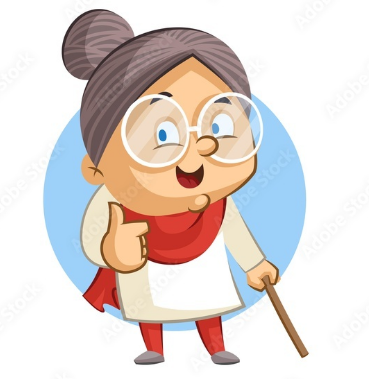 Is Patriarchy sustained by matriarchs?
Is Patriarchy sustained by matriarchs? Today I saw a full page advt on TOI. Normally I flip over these pages to get to the main news / editorials. Something caught my eyes in the advt. It was about festival of lights and it showed a lady with lots of gold on but the all important bindi missing.
Today I saw a full page advt on TOI. Normally I flip over these pages to get to the main news / editorials. Something caught my eyes in the advt. It was about festival of lights and it showed a lady with lots of gold on but the all important bindi missing.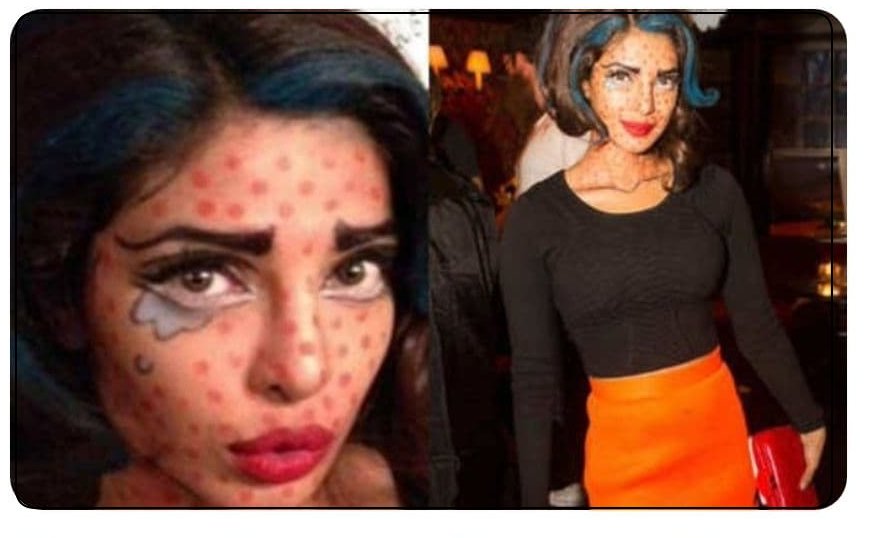
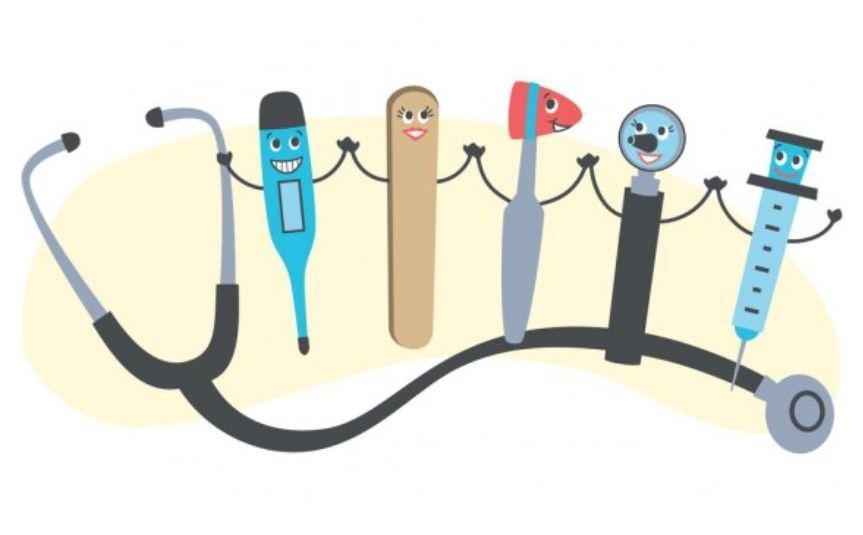
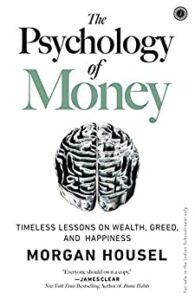 The Psychology of Money by Morgan Housel
The Psychology of Money by Morgan Housel 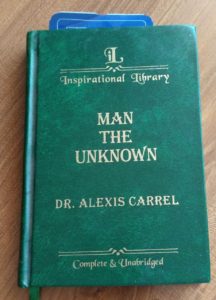 Alexis Carrel 28 June 1873 – 5 November 1944) was a French surgeon and biologist who was awarded the Nobel Prize in Physiology or Medicine in 1912 for pioneering vascular suturing techniques. He invented the first perfusion pump with Charles A. Lindbergh opening the way to organ transplantation.
Alexis Carrel 28 June 1873 – 5 November 1944) was a French surgeon and biologist who was awarded the Nobel Prize in Physiology or Medicine in 1912 for pioneering vascular suturing techniques. He invented the first perfusion pump with Charles A. Lindbergh opening the way to organ transplantation. 



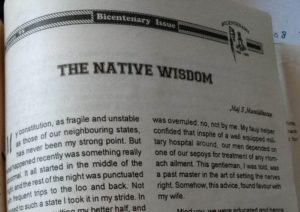
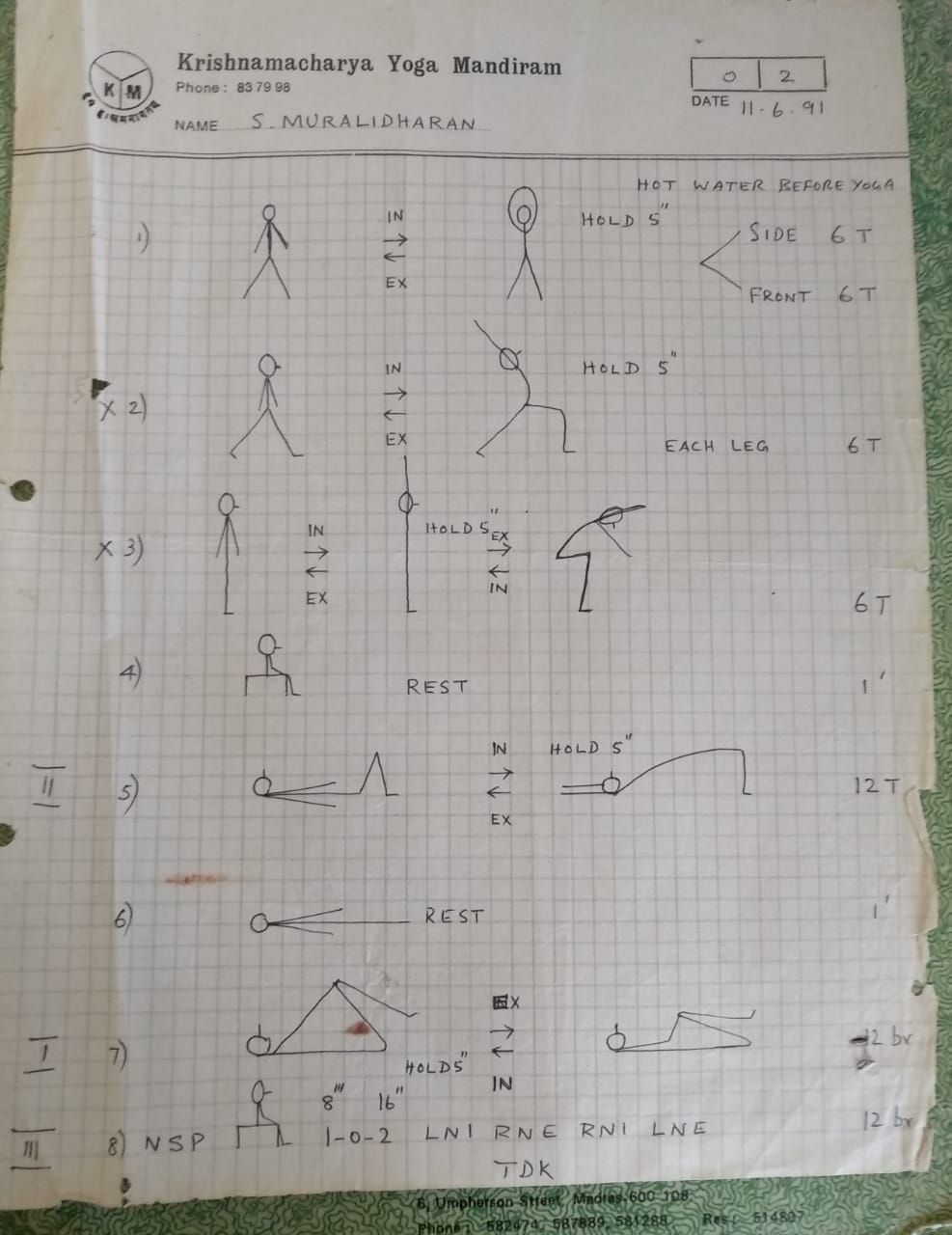
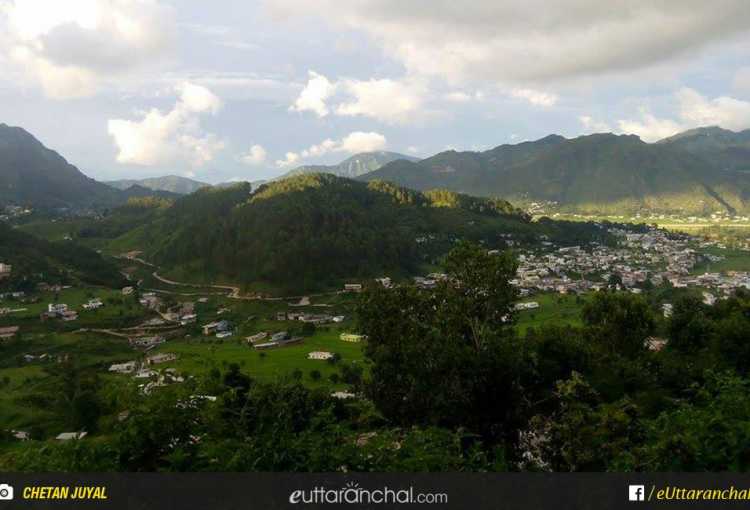
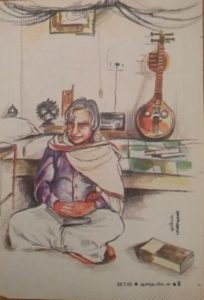
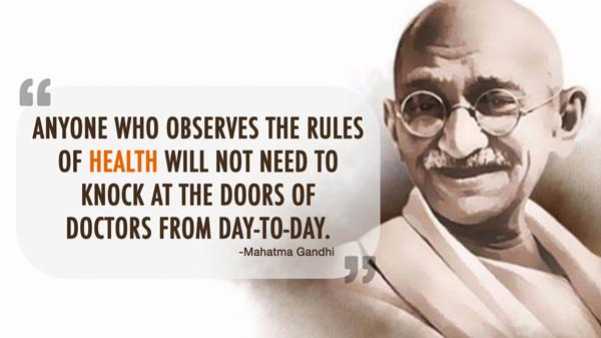 Today, for diagnosis , emergencies, and trauma care , allopathy is definitely far ahead of any other system. In preventive health care and non intrusive therapy, Ayurveda scores. Unfortunately , only people who cannot afford the high cost of western system of therapy opt for the native one.
Today, for diagnosis , emergencies, and trauma care , allopathy is definitely far ahead of any other system. In preventive health care and non intrusive therapy, Ayurveda scores. Unfortunately , only people who cannot afford the high cost of western system of therapy opt for the native one. 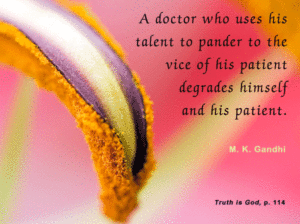 A point that is very much debatable is the ethical side of the western system. It encourages people to break every rule of healthy living as they believe health can be bought from Hospitals and to a great extent, it is true. Health is bought and sold by Hospitals though the rates are driven by insurance and pharma companies .
A point that is very much debatable is the ethical side of the western system. It encourages people to break every rule of healthy living as they believe health can be bought from Hospitals and to a great extent, it is true. Health is bought and sold by Hospitals though the rates are driven by insurance and pharma companies .